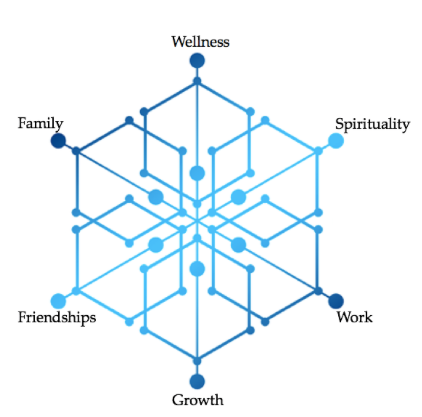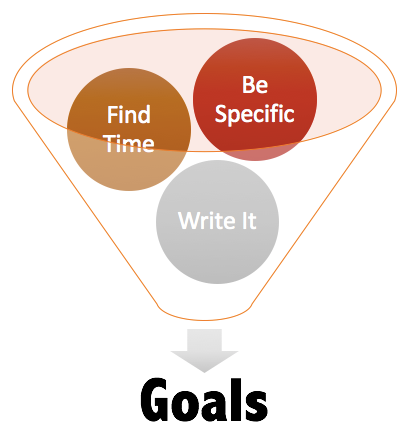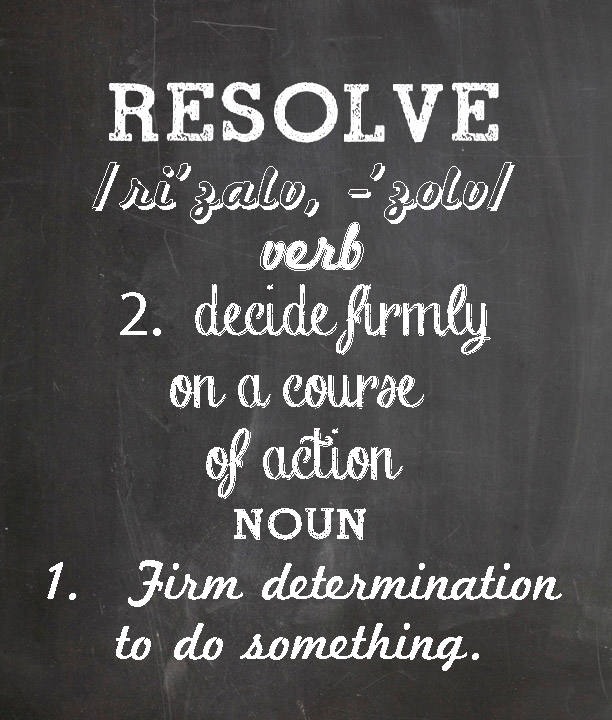
#SH302: Goal Setting

Setting goals is the first step in turning the invisible into the visible. ~ Tony Robbins
How serious are you about achieving your goals and living a life of fulfillment? Do you know what you truly want to get out of each day, week, month, and year? Setting goals is a critical first step to uncovering the life you truly want to live. As Thoreau wrote in Walden, “the mass of men lead lives of quiet desperation.” At TheSchoolHouse302 we don’t purport certain achievements, wealth, status, or epic lifestyles. Our desire for ourselves and others is for individuals to be committed to living a life of passion and attaining a desired way of life that individuals want to live and that compliments all of humanity.
To pursue this noble endeavor, we suggest that you revisit and recommit to your personal and professional goals. To do so with the balance necessary to be successful, we first offer TheSchoolHouse302 Blockchain of Life that encompasses areas of your life that should have clarity for goal setting. We first offer this model, prior to discussing goals, because there often exists a huge gap between goal setting and goal getting. At times, people mistake the two and fail to actuate their goals, focusing on starting something new but necessarily the persistence it takes to finish something (Acuff, 2017). This model is designed so that people understand how each area of our life is interconnected as a system. The purpose of the model is to understand the harmony needed within the system and to feel inspired and motivated by its simplicity.
- Wellness–your fitness, health, energy levels, and overall feeling of wellbeing
- Spirituality— your faith, religion, self-reflection, and a feeling of connectedness to the world
- Family–your relatives who you keep closest in heart and mind
- Friendships–the people you rely on for social activities, fun, and candid conversations
- Work–your role in the organization, your impact on the vision, and your financial earnings
- Growth–your personal and professional development

That brings us to our three very simple strategies to maximize the blockchain to your goals. Once we internalize the blockchain, we can select any given goal that we have in life and use these three very simple but powerful techniques to realize even the most massive accomplishments.
Be Specific.
Deciding to set goals is probably one of the most important decisions you can make, but most people don’t set clear goals in their life. ~ Thibaut Meurisse
Consider you are setting goals within “work” on the blockchain and you are weighing the pros and cons of going back to school to develop additional skills since you think it will lead to higher pay and a possible promotion. The goal of “going back to school” isn’t specific enough, nor is developing some “new skills.” However, identifying precisely what you want to pursue and definitively why you want to pursue it is critical. This is what Napoleon Hill describes as a clear concise mental picture, which provides the needed clarity and purpose for your goal (Hill, 2016). This step is vital because going back to school will require time, energy, money, sacrifice, and commitment. Yes, the higher pay may be something you want, but the goal has to be bigger and worth more than the tradeoff or it will not be worth pursuing and you may even resent the massive commitment it takes for the minimal reward. “Out tendency to rely upon external motivators is ironic considering how ineffective they are” (Meurisse, 2015). Being specific requires you to not only be precise on what you want to achieve, such as a Master’s of Science in Marketing in the case of going back to graduate school, but also specific on a why that goes beyond the extrinsic. The power in specificity comes from within you when you identify the internal reward that you seek, beyond more money, position, and power, to stronger personal autonomy, concept mastery, or purpose in life.
Technical Tip: Developing clear goals is challenging. There are six elements to the blockchain and we suggest you focus on each of them over two months. Three elements the first month (in the first three weeks of the month), with a week of reflection at the end of the month, and then three the next month, again, with a week of reflection. Although this may seem drawn out and you could push this exercise much quicker, we advocate for a slower more thoughtful and reflective process, which is why it takes a considerable amount of time. This methodical process is a play on Benjamin Franklin’s 13 Virtues, which he identified and then focused on only one virtue per week to develop and to improve himself over time.
Find Time.
If one is lucky, a solitary fantasy can totally transform one million realities. ~ Maya Angelou
Have you ever purchased a gym membership to only find that the closest you got to the gym and working out is when you put the gym key tag on your keyring? If going to the gym is an avenue to reach your wellness and fitness goals then you have to deconstruct your day and find opportunities to fit gym time into your schedule. This means evaluating what is occupying your time throughout the day and week to identify gaps that you can maximize. This also requires you to prioritize what is important to you. When we fail to do things, it’s typically because we don’t value them enough. “Many people fail on their professional development goals for the year because they take on a lot of goals–goals that they feel they ‘should’ do but ultimately don’t energize them” (Saunders, 2016). Two major factors in finding time for your goals is to 1. Narrow them down to the goals that are most important to you, and 2. Quit something that you’re currently doing that isn’t aligned to your long-range plan.
Technical Tip: Quit Something. Don’t continue to do the same routine and expect something new or different. If your goal is to read more, then you might need to give up one of your favorite TV programs to do so. As Einstein said, “the definition of insanity is doing something over-and-over again and expecting a different result.” Remember, this is about reaching your goals, whether growing as a leader, living a healthy lifestyle, or being a better parent, you have to look at your actions and ask tough questions like, is this TV program helping me reach my goals? As Dr. Henry Cloud writes in Necessary Endings, we have to approach ourselves and our life like a skilled gardner who knows pruning is the key to sustaining healthy and beautiful roses.
Write It.
Reading maketh a full man; conference a ready man; and writing an exact man. ~ Francis Bacon
Don’t waste time telling everyone about your goals if you don’t have them written down. About 87% of people don’t have clear goals, another 10% can articulate them, and only 3% of people actually write them down. We advocate for a sticky-note in multiple places, like the mirror where you brush your teeth, the horn of your car, your coffee mug in the AM, or your daily planner. Write your goals in places that you will see them often, which is an accountability strategy. If you can’t hold yourself accountable to your own written word, no one can. Not only is writing your goal an accountability measure but it supports the specificity we started with in this model, which completes the cycle of goal setting and allows you to stretch beyond your dreams and into reality. Writing your goals is the first step in making them real–they go from being thoughts to words to actions.
Technical Tip: Use a journal, often, day and night. If you don’t commit to writing your goals, all of your hopes and dreams, your chances of success are very limited. Also, don’t restrict yourself to just words. Use pictures to augment what you write down in your journal to track your progress and ignite the passion and emotion necessary to trigger action. At times, words alone don’t fuel excite the mind the way a great picture can. Utilize photos, and other visuals, to document where you are now and where you are going to chronicle your journey. A well-kept journal is the key to reflection and reflection opens doors that our mind’s eye wouldn’t otherwise have seen.

That’s TheSchoolHouse302 model for goal setting. We hope that you use our technical tips in your life and work so that you can lead better and grow faster through stronger goal setting. We contend that if you are specific with your goals, you make time to fit them into your day, and you write them down, you’ll achieve successes greater than ever before. If you want more help with goal setting for the leaders in your organization, don’t hesitate to contact us, we can help.
Let us know what you think of this #SH302 post with a like, follow, or comment. Find us on Twitter, YouTube, iTunes, Facebook, & SoundCould. And if you want one simple model for leading better and growing faster per month, follow this blog by entering your email at the top right of the screen.
TheSchoolHouse302 is about getting to simple by maximizing effective research-based strategies that empower individuals to lead better and grow faster.
References
Acuff, J. (2017). Finish: Give yourself the gift of done. New York: Penguin.
Cloud, H. (2010). Necessary endings: The employees, businesses, and relationships that all of us have to give up in order to move forward. New York: HarperCollins.
Hill, N. (2016). Think and grow rich. OPU.
Meurisse, T. (2015). Goal setting: The ultimate guide to achieving goals that truly excite you.
Saunders, E.G. (2016). Stop setting goals you don’t actually care about. Harvard Business Review.


 7 Mindshifts for School Leaders: Finding New Ways to Think About Old Problems.
7 Mindshifts for School Leaders: Finding New Ways to Think About Old Problems. 


